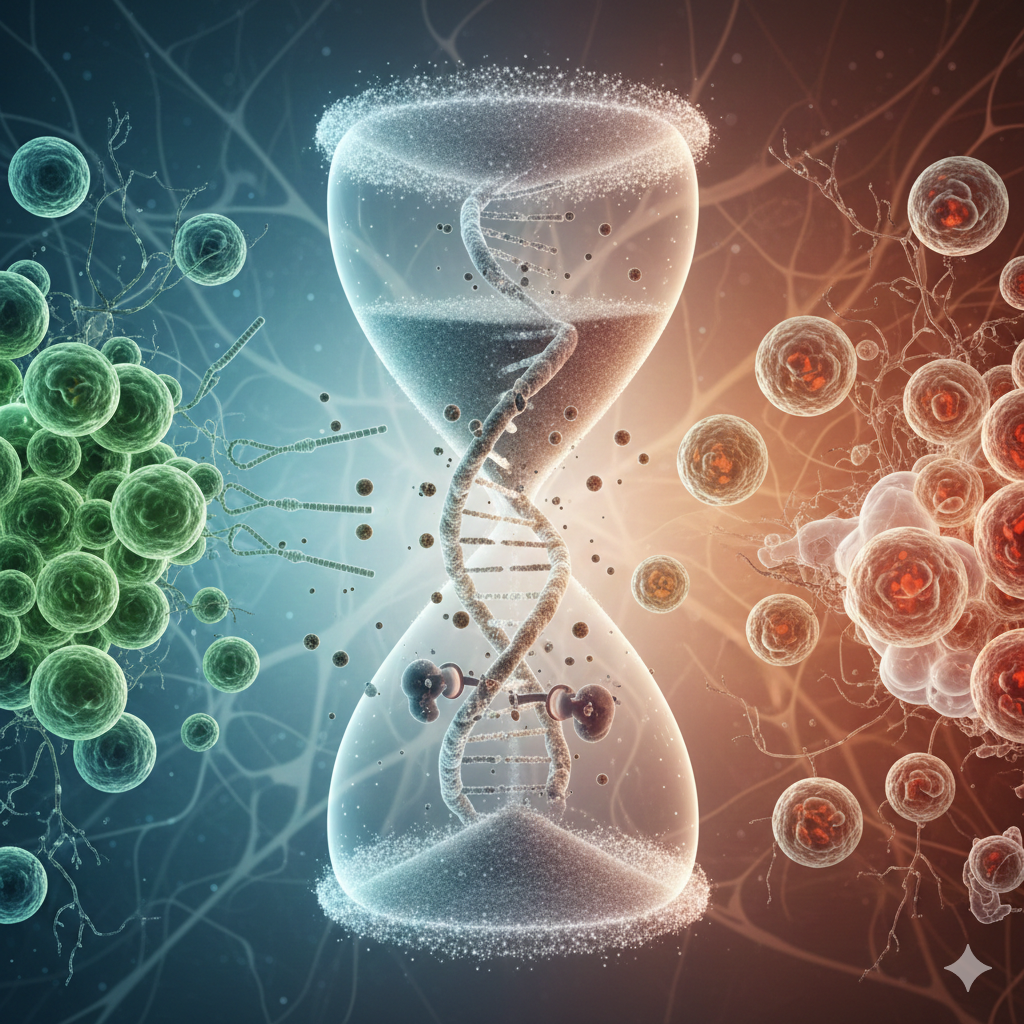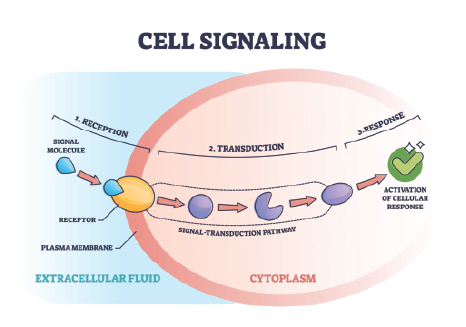Trace Elements in Scalp Hair of Leukaemia Patients

This study aimed to determine the concentrations of Fe, Ni, Cu, Zn, and Pb in the scalp hair of leukaemia patients and healthy volunteers using an optimized XRF method. Hair samples were categorized based on the type, growth, and age of participants. Results showed that trace elements (TEs) in both groups were positively skewed. Leukemia patients had lower Fe, Cu, Zn, and Pb levels but higher Ni levels compared to controls. The Mann–Whitney U-test showed no significant differences between leukaemia subgroups and controls.
However, significant differences (p < 0.05) were found for Pb, Cu, Ni, and Fe between leukaemia patients and controls. Strong correlations (r > 0.70) were observed among TEs in both groups, with all being significant at p < 0.05. Principal component analysis (PCA) indicated that the type and growth of leukaemia had a greater impact on element loading than age. Ali Khuder, et al. NUKLEONIKA. 2014;59(3):111120

Dr. Michael Rudulph Maxon, AKA Johnny Delirious, Laboratory Naturopathic Doctor, gives expert advice with 40 years of experience as a professional in the health industry to his patients to heal using food and Ancient Greek therapies all backed by modern laboratory science. He is unquestionably the only TRUE Addiction & Hepatitis A, B and C Recovery Pioneer free of mood altering substances (cocaine) since 1991, no viral load or antibodies of hepatitis since 1994 and no cirrhosis since 1995. Nobody in his life including doctors, friends and family thought he would live passed 1992, they all said he was going to die. But, Johnny chose life; not death and learned how to heal his body, mind and spirit by developing new protocols with natural therapies. For over 20 years he has helped many others recover including professionals - doctors, dentists, lawyers who don't want chemical drugs or surgery recover from the same conditions that everyone said were hopeless. Contact Johnny for a Hair Tissue Mineral Analysis (HTMA), get the right diet, supplements plus expert advice with 30 years of experience
United States - 972-825-7912
http://www.johnnydelirious.com


